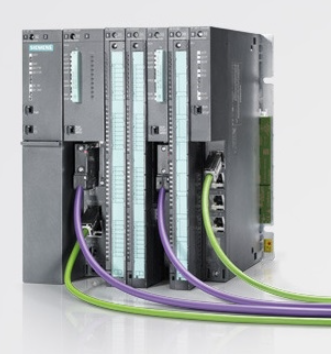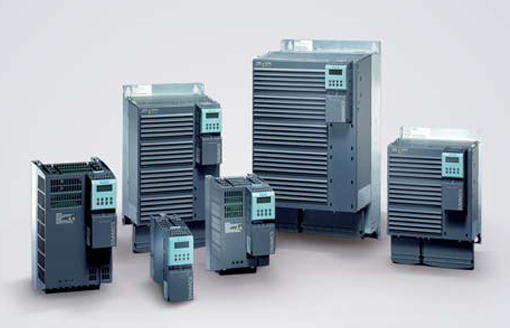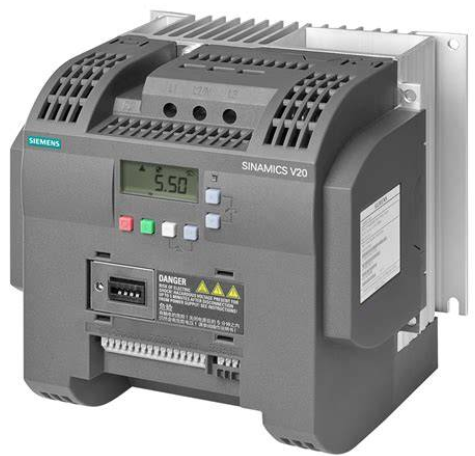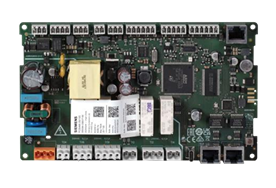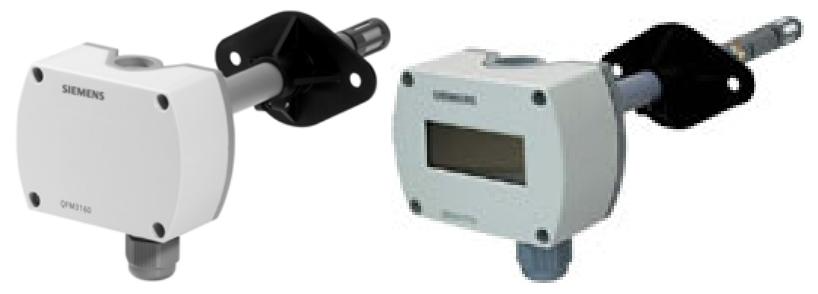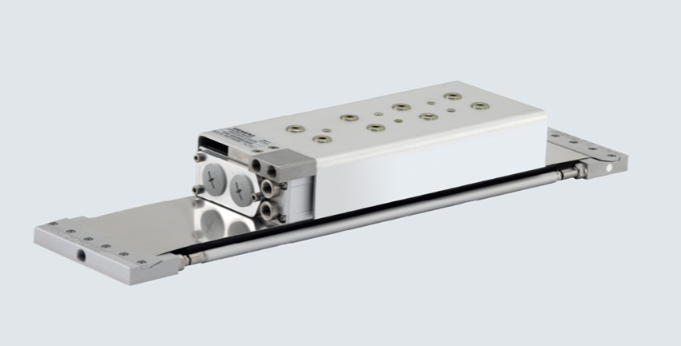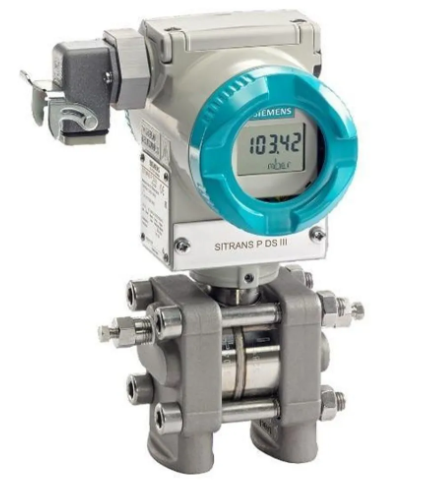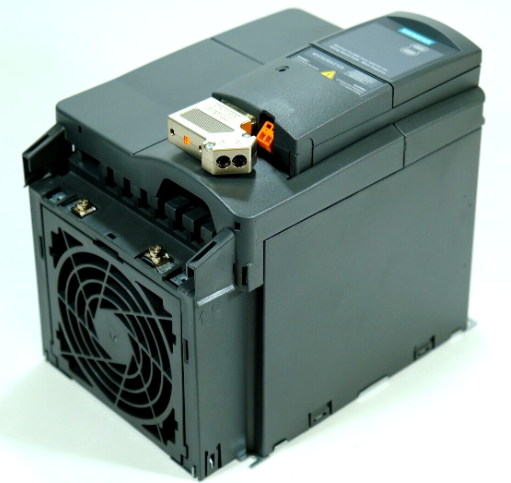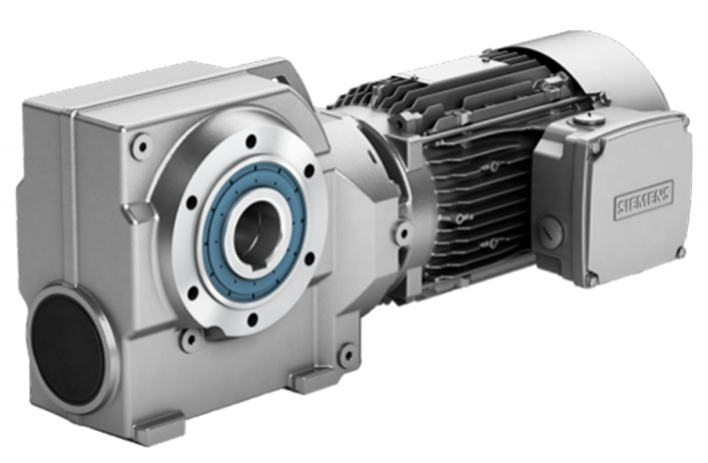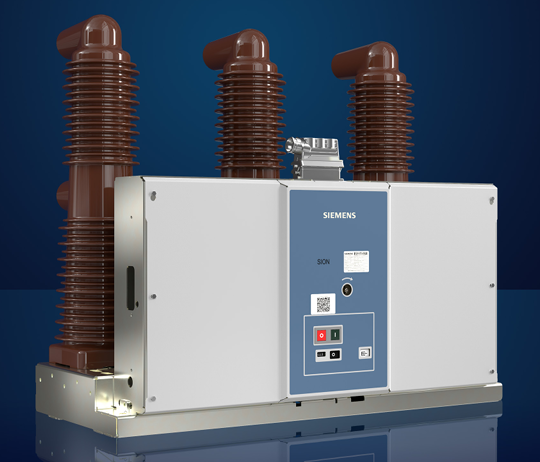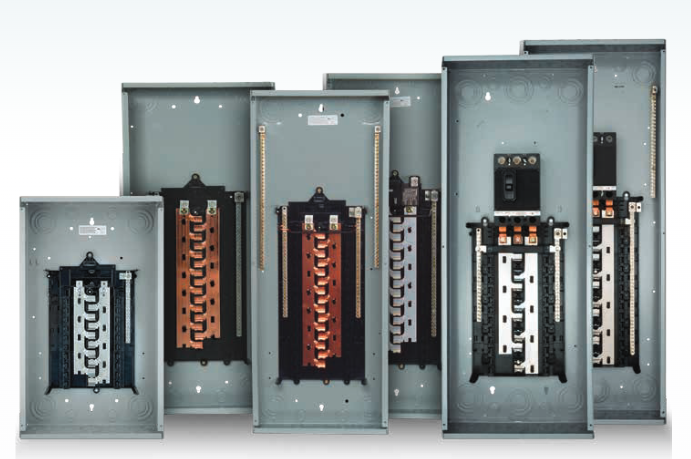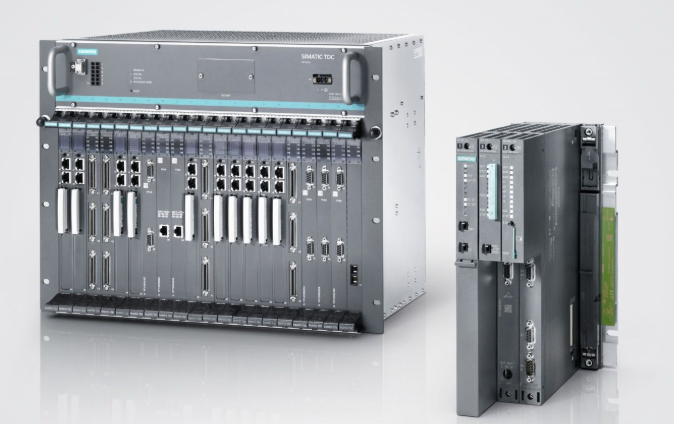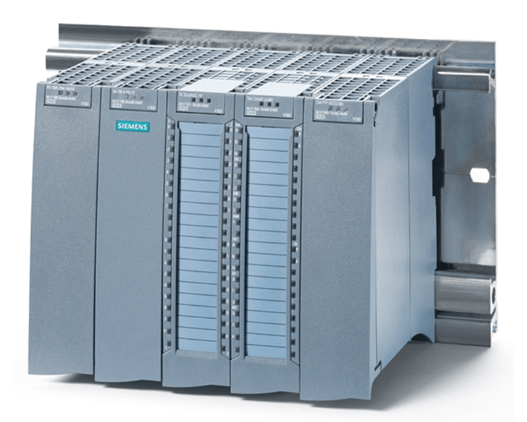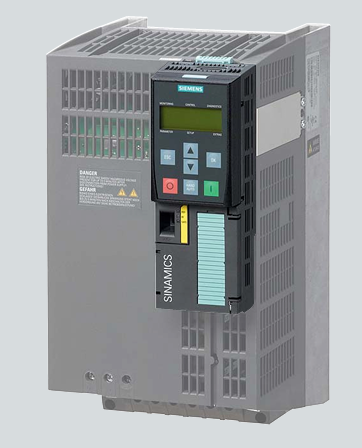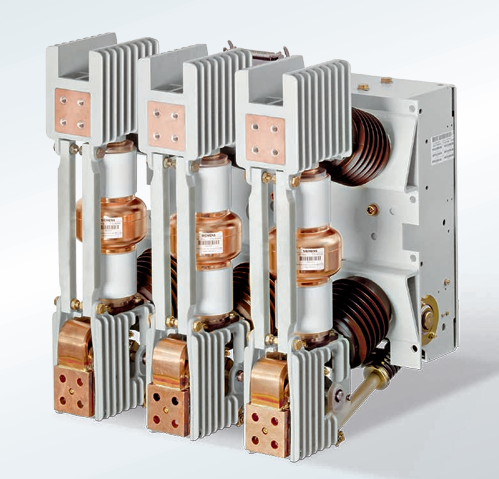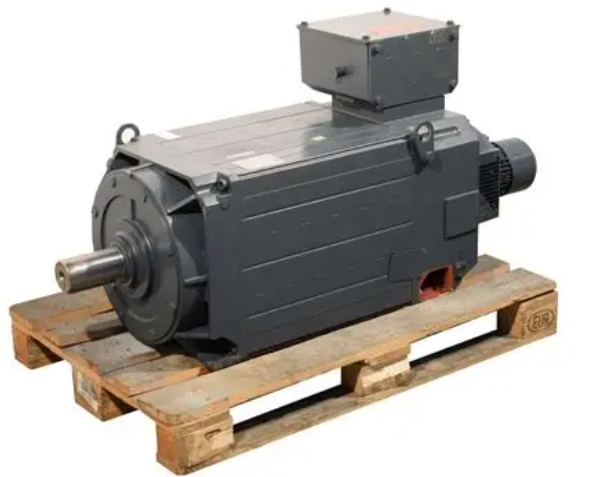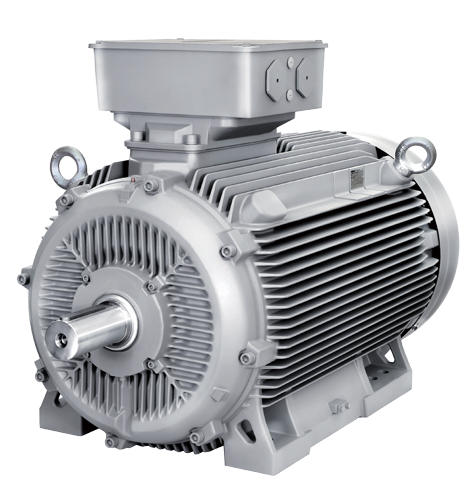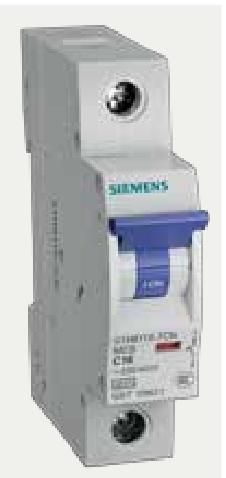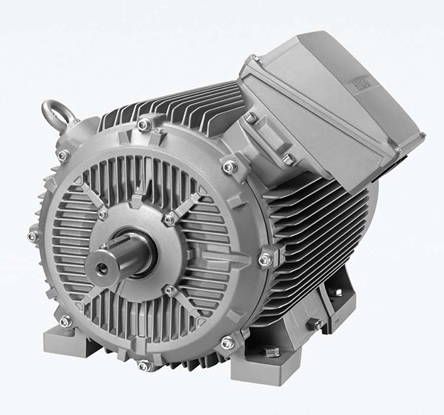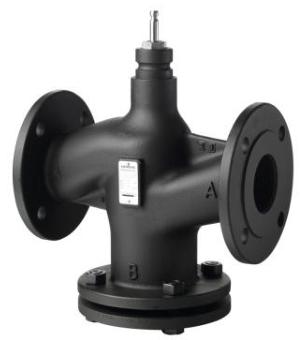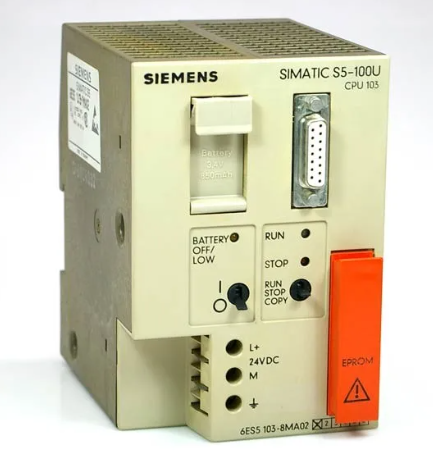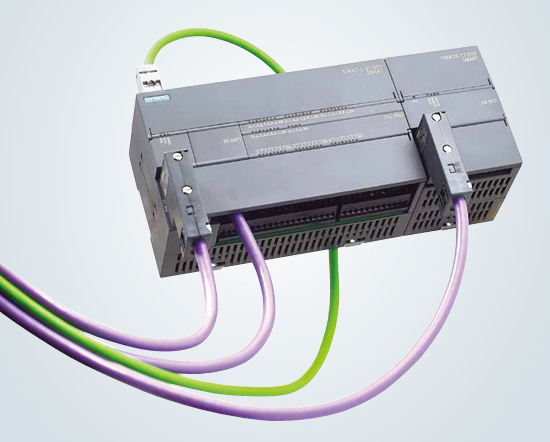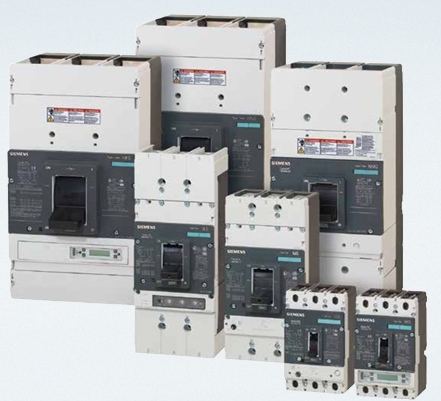The P0916DB module is a digital I/O (input/output) PLC module of the FOXBORO I/A Series control system, designed specifically for the acquisition and control of a large number of digital signals in industrial sites. It plays a dual role as a "signal bridge" and a "logic center". Its core function is to accurately collect digital input signals such as switch status and fault signals of on-site equipment (such as valves, pumps, sensors, etc.) to the control system, and convert the logic control instructions generated by the system into digital output signals to drive actuator actions, achieving automated control of the production process.
This module adopts the modular architecture of FOXBORO standard and can be seamlessly embedded into the FBM (Field Bus Module) rack of I/A Series to achieve high-speed data exchange with controllers, communication modules, etc. in the system. It supports the construction of distributed control architecture and provides flexible solutions for regional control of large industrial systems.
FOXBORO P0916DB I/A series PLC module
Module core positioning and system role
The P0916DB module is a digital I/O (input/output) PLC module of the FOXBORO I/A Series control system, designed specifically for the acquisition and control of a large number of digital signals in industrial sites. It plays a dual role as a "signal bridge" and a "logic center". Its core function is to accurately collect digital input signals such as switch status and fault signals of on-site equipment (such as valves, pumps, sensors, etc.) to the control system, and convert the logic control instructions generated by the system into digital output signals to drive actuator actions, achieving automated control of the production process.
This module adopts the modular architecture of FOXBORO standard and can be seamlessly embedded into the FBM (Field Bus Module) rack of I/A Series to achieve high-speed data exchange with controllers, communication modules, etc. in the system. It supports the construction of distributed control architecture and provides flexible solutions for regional control of large industrial systems.
Key technical parameters and performance indicators
Technical parameters are the core basis for module adaptation to industrial scenarios. P0916DB ensures stable operation under complex working conditions through precise hardware design and strict quality control. The core parameters are as follows:
1. Digital I/O core parameters
-Input channel: 16 isolated digital inputs, supporting dry contact (passive) and wet contact (active) signals, compatible with DC 24V standard industrial signals, input impedance ≥ 10k Ω, ensuring stable signal acquisition;
-Output channel: 16 isolated digital outputs, using relay output type, with contact capacity of AC 250V/5A, DC 30V/5A, can directly drive small and medium-sized motors, solenoid valves and other actuators;
-Response performance: Input signal response time ≤ 1ms, output signal switching time ≤ 5ms, meeting high-speed logic control requirements;
-Isolation level: The isolation voltage between channels and between channels and ground is ≥ 2500V AC (1 minute), effectively suppressing signal interference and protecting the core circuit of the module.
2. Power supply and environmental adaptability parameters
-Power supply specifications: Supports redundant DC 24V power supply, with a power supply voltage range of 18V DC~32V DC, equipped with overvoltage (≥ 36V DC) and overcurrent (≥ 2A) protection functions, and automatically fuses to protect core components;
-Working environment: working temperature -20 ℃~60 ℃, storage temperature -40 ℃~85 ℃, can adapt to extreme high and low temperature working conditions; Relative humidity of 5%~95% (no condensation), moisture resistance meets the requirements of wet environments such as chemical and municipal industries;
-Anti interference performance: Complies with international anti-interference standards such as IEC 61000-4-2 (ESD), IEC 61000-4-3 (RS), IEC 61000-4-4 (EFT), etc., and can still operate stably in strong electromagnetic environments.
3. Communication and physical characteristic parameters
-Communication Protocol: Supports FOXBORO's proprietary FBM bus protocol, seamlessly communicates with controllers such as AW51B and CP60 in the I/A Series, with a data transmission rate of up to 1Mbps; Simultaneously compatible with Modbus RTU protocol, it can be interconnected with third-party PLC and SCADA systems;
-Physical dimensions: Standard 19 inch rack installation, height 3U (132.5mm), width 80mm, depth 190mm, compatible with FOXBORO standard FBM rack, saving installation space;
-Weight and protection: The weight is about 1.2kg, and the module shell is made of flame-retardant ABS material with a protection level of IP20, effectively preventing dust and accidental contact.
Core functions and competitive advantages
1. High reliability isolation design
The P0916DB module adopts a channel level fully isolated design, where the input and output channels, as well as the power circuit, are independently isolated to avoid the impact of single channel faults or external voltage surges on the operation of the entire module. For example, in a chemical workshop, when an overvoltage fault occurs in the feedback signal of a certain valve, the isolation circuit can quickly cut off the connection between the fault channel and other circuits, ensuring the normal acquisition and control of the remaining 15 signals, greatly improving the system's fault tolerance.
2. Intelligent diagnosis and fault warning
The module is equipped with a comprehensive self diagnosis and fault monitoring circuit, which can monitor key parameters such as input and output channel status, power supply voltage, and communication links in real time. When there are faults such as channel short circuit, relay adhesion, communication interruption, etc., the module will immediately upload the fault information to the control system through the FBM bus, and visually indicate the fault type through the panel LED indicator light (red fault light is always on, yellow alarm light is flashing). The operation and maintenance personnel can quickly locate the fault point through the FOXBORO I/A Series configuration software, reducing the fault investigation time by more than 60%.
3. Flexible configuration and expansion capabilities
Through FOXBORO Control Configuration Studio (CCS) configuration software, each input and output channel of P0916DB can be independently configured, supporting custom input signal filtering time (0.1ms~10ms), output signal holding mode and other parameters, adapting to different types of field devices. At the same time, the module supports rack level expansion, and a single rack can parallel up to 8 P0916DB modules to achieve centralized control of 128 digital I/O signals, meeting the control requirements of large-scale production equipment.
4. Redundancy compatibility and hot swappable features
The module supports seamless integration with the power redundancy and communication redundancy architecture of the I/A Series system. When the main communication link or main power supply circuit fails, it can automatically switch to the backup circuit with a switching time of ≤ 10ms to ensure uninterrupted control signals. In addition, the module has hot swappable function, which can complete module replacement and maintenance without shutting down the system, greatly reducing production downtime losses caused by equipment maintenance.
Typical application scenarios and practical cases
With high reliability, flexible scalability, and strong system compatibility, the P0916DB module has been maturely applied in multiple industrial fields, with typical scenarios as follows:
1. Petrochemical industry: Interlocking control of refining equipment
In the catalytic cracking unit of a large refinery, the P0916DB module is responsible for monitoring and interlocking control of key equipment status. The module collects 16 input signals, including pressure switch signals from the reaction regenerator, temperature switch signals from the cyclone separator, and operating status signals from the feed pump, and transmits them to the controller for logical operation; When the reaction pressure exceeds the threshold, the controller triggers interlocking actions such as emergency closure of the feed valve and opening of the safety valve through module output signals to avoid equipment overpressure damage and ensure safe operation of the device.
2. Electric energy: Auxiliary control of thermal power plants
In the boiler auxiliary control system of thermal power plants, the P0916DB module is used to control the start stop and status feedback of auxiliary equipment such as induced draft fans, supply fans, and feed pumps. The module receives start stop instructions issued by the controller, drives the auxiliary contactor to operate (output channel), and simultaneously collects feedback signals and fault alarm signals (input channel) of the auxiliary equipment to achieve closed-loop control of the auxiliary equipment. By using the redundant P0916DB module, the auxiliary system can still operate stably in extreme situations, ensuring the continuity of boiler combustion.
3. Municipal engineering: Process control of sewage treatment plants
In the aeration tank control unit of urban sewage treatment plants, the P0916DB module is responsible for collecting input signals such as liquid level switch signals, dissolved oxygen concentration switch signals, and sludge reflux pump status signals of the aeration tank. At the same time, according to the instructions of the controller, it controls the opening and closing of the aeration valve, the start and stop of the reflux pump, and other output actions. The module ensures that the dissolved oxygen concentration in the aeration tank is maintained within the optimal range through precise signal acquisition and fast instruction execution, improving sewage treatment efficiency and reducing energy consumption.
4. Metallurgical industry: auxiliary control of rolling mills in steel plants
In the hot-rolled strip production line of the steel plant, the P0916DB module is used for auxiliary equipment control of the rolling mill, such as roll cooling water pump, hydraulic system solenoid valve, conveyor belt start stop, etc. The module collects pressure switch signals from the cooling water pump and liquid level switch signals from the hydraulic system, and monitors the real-time operation status of the equipment; When the cooling water pressure is insufficient, immediately output a signal to stop the feeding of the rolling mill, avoid damage to the rolling mill due to insufficient cooling, and ensure the continuous operation of the production line.
Installation, debugging, and operation and maintenance standards
1. Installation specifications and requirements
-The module needs to be installed in the FOXBORO standard FBM rack, which should be fixed inside the seismic control cabinet to avoid direct sunlight, rainwater erosion, and corrosive gas corrosion. The installation environment temperature should be controlled within the range of -20 ℃~60 ℃;
-The connection between the module and the rack should be firm, and the screws of the wiring terminals should be tightened with a torque wrench according to the specified torque (0.8N · m~1.2N · m) to prevent vibration from causing loose wiring; The input and output lines should use RVV2 × 1.5mm ² shielded wires, with the shielding layer grounded at one end (grounding resistance ≤ 4 Ω);
-Power supply lines and signal lines need to be wired separately with a spacing of ≥ 10cm to avoid cross interference; The output circuit needs to be connected in series with a suitable surge suppressor at the relay contact end to protect the contacts from arc damage.
2. Debugging points and process
-Before powering on, check if the power supply voltage is within the range of 18V DC~32V DC using a multimeter, and if there are any short circuits or misconnections in the input and output circuits;
-Configuration debugging: Load the module configuration file through CCS software, configure parameters such as input filtering time and output hold mode, establish communication connection between the module and the controller, and ensure normal communication status;
-Signal testing: Use a signal generator to simulate digital input signals and check the accuracy of module acquisition; By issuing output commands through the controller, verify the accuracy of the output channel actions and the consistency of the feedback signal.
3. Daily maintenance and troubleshooting
-Regular inspection: Check the status of the LED indicator lights on the module panel daily to ensure that the power light (green) is always on, the communication light (yellow) is flashing, and the fault light (red) is off; Clean the surface of the module and the wiring terminals with a dry brush every week to avoid dust accumulation and short circuits;
-Regular calibration: Calibrate the input and output channels of the module every six months, use a high-precision multimeter to measure the input signal acquisition accuracy and output signal amplitude, and ensure compliance with technical specifications;
-Fault handling: When a module generates a fault alarm, first check the fault code through the configuration software to locate the fault type; If it is a channel failure, it can be temporarily resolved by replacing the backup channel; If it is a hardware failure of the module, the module can be replaced by hot plugging, and the configuration parameters can be reloaded after replacement to restore operation.

- User name Member Level Quantity Specification Purchase Date
- Satisfaction :
-









Email:wang@kongjiangauto.com




